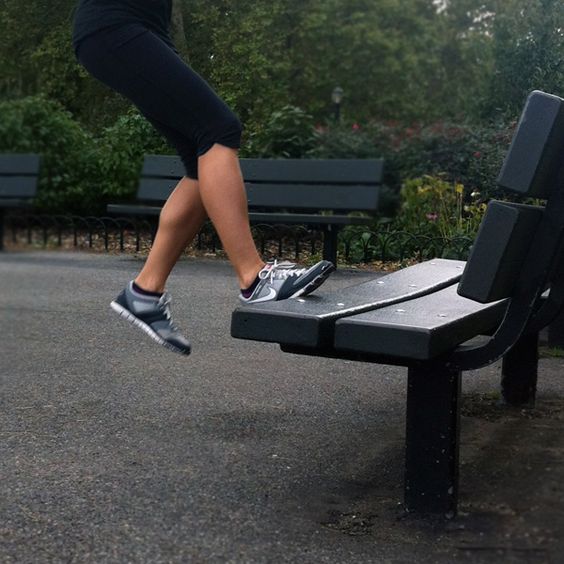Functional Fitness: Exercise for Real-Life Movement
Introduction
Functional fitness goes beyond lifting weights or running on a treadmill. It’s about preparing your body for the demands of everyday life. Whether you’re carrying groceries, playing with your kids, or tackling household chores, functional fitness ensures that your body moves efficiently and effectively. Let’s explore how to incorporate functional exercises into your fitness routine.

1. What Is Functional Fitness?
Functional fitness focuses on movements that mimic real-life activities. Instead of isolating specific muscles, it emphasizes overall strength, stability, and mobility. Functional exercises engage multiple muscle groups and improve coordination, balance, and flexibility.
2. Key Functional Exercises
Squats
- Why? Squats mimic movements like sitting down or getting up from a chair.
- How? Stand with feet shoulder-width apart. Lower your body by bending your knees and hips, keeping your chest up. Return to the starting position.
Deadlifts
- Why? Deadlifts strengthen your back, glutes, and hamstrings—the muscles needed for lifting objects off the ground.
- How? Stand with feet hip-width apart. Bend at the hips, keeping your back straight, and lift a weight (dumbbell or barbell) from the ground.
Lunges
- Why? Lunges improve balance and leg strength, essential for walking and climbing stairs.
- How? Step forward with one leg, lowering your body until both knees are bent at 90 degrees. Alternate legs.
Push-Ups
- Why? Push-ups build upper body strength and stability.
- How? Start in a plank position, hands under shoulders. Lower your body by bending your elbows, then push back up.
Farmer’s Carry
- Why? Carrying heavy bags or groceries requires grip strength and core stability.
- How? Hold a weight (dumbbell or kettlebell) in each hand and walk for a distance.
3. Functional Fitness Benefits
- Improved Daily Activities: Functional exercises prepare you for real-life tasks.
- Reduced Injury Risk: Stronger muscles and better movement patterns minimize injury risk.
- Efficient Workouts: Functional workouts engage more muscles in less time.
Conclusion
Incorporate functional fitness into your routine to enhance your quality of life. Remember that fitness isn’t just about aesthetics—it’s about moving well and feeling great in everyday situations.





